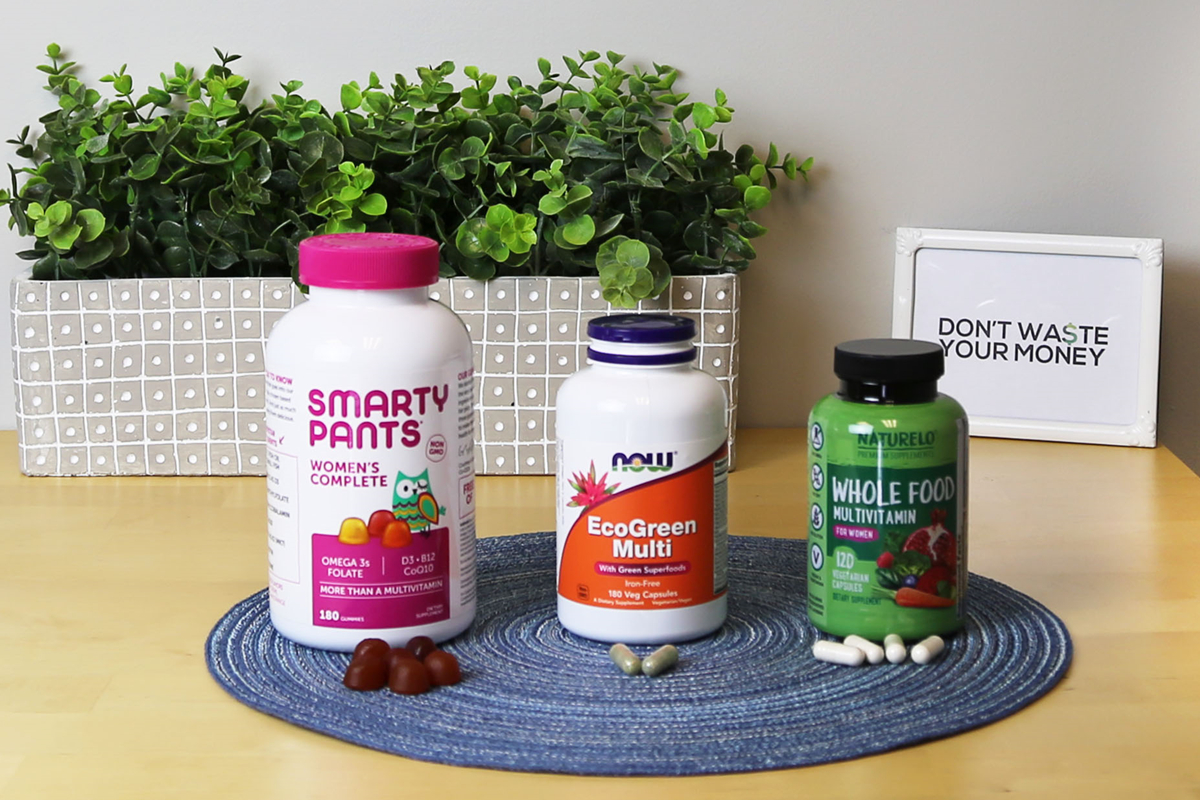The daily recommended intake of vitamins differs depending on the gender, age, and life expectancy of each person. For some vitamins, there are significant differences in how they are used by men and women. Below is an overview of the use of different types of vitamins for men and women.
Vitamin A:
women and men need approximately half of the recommended daily intake (RDI) of vitamin A. Vitamin A is important for good vision, as it is involved in regulating cell growth. It also helps combat infections and contributes to healthy skin and mucous membranes such as those found in the nose, throat, and lungs.
There are some vitamin supplements that are more suitable for women. These include low-dose multivitamin supplements, some of which contain less than 400 micrograms of retinol (the synthetic form of the vitamin). Because the amount of fat-soluble vitamins stored in the body is generally higher among men, they are less susceptible to deficiency caused by poor intake. These stores can be utilized during treatment and recovery from illness and may reduce the risk of vitamin A deficiency developing.
Vitamin D: the daily recommended intake of vitamin D for adults is 5 micrograms (mcg) per day, or 600 international units (IU). Men need only approximately 5 percent more vitamin D than women, as their blood levels of the vitamin are typically 5 to 10 percent higher. This is because women have a higher rate of converting vitamin D to its active’ form – this means men need more sun exposure or dietary intake to be sure they are getting enough, as the amount in most multivitamins is less than what is considered adequate.
Vitamin K: the use of vitamin K differs between men and women, with response to treatment differing in some conditions. Vitamin K is involved in blood clotting, helping wounds heal, bone formation. It also assists calcium absorption which contributes to healthy bones. Women are recommended to take at least 90 mcg of vitamin K per day.

Hi~Living Deals from "Fresh Clean Tees"


